Pre-Raphaelite: Painting and Techniques
R400A book examining the Pre-Raphaelite Painting techniques and innovations that produced a revolution in Art.
Showing 81–96 of 330 results

A book examining the Pre-Raphaelite Painting techniques and innovations that produced a revolution in Art.
 Out of stock
Out of stockQuentin Blake is a collaboration between Tate and London ‘s new House of Illustration, published to coincide with the gallery’s inaugural exhibition, Inside Stories, a landmark show by Quentin Blake. Joanna Carey’s essay is a brilliant survey of Blake’s oeuvre, at once intimate, perceptive and illuminating, and written with an exuberance matching that of her subject.
 Out of stock
Out of stockThis monograph renders all of Rembrandt’s self-portraits – from his first experimentations at age twenty-two to his final self-portrait painted a year before his death – and stands testament to a life committed to revolutionizing painterly practice both in content and form.

Though often misunderstood, Renoir remains one of history’s most well-loved painters―undoubtedly because his works exude such warmth, tenderness, and good spirit.
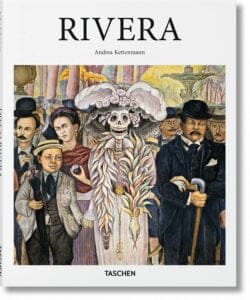
Fusing European influences such as Cubism with a socialist ideology and an exaltation of Mexico’s indigenous and popular heritage, he created a new iconography for art history and for his country. He became one of the most important figures in the Mexican mural movement and won international acclaim for his public wall paintings, in which he presented a utopian yet accessible vision of a post-revolutionary Mexico.

A groundbreaking examination of how the act of drawing was a vital component of Ruth Asawa’s multifaceted art

Saloua Raouda Choucair’s work has not been exhibited widely outside of Lebanon, and this will be the first time a new audience can see and appreciate a long underexposed and truly progressive artist.
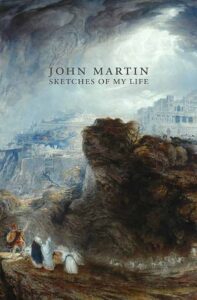
With an introduction by a leading expert on the art of the period, this engaging book provides many new insights into the work of this extraordinary artist and the times in which he lived.
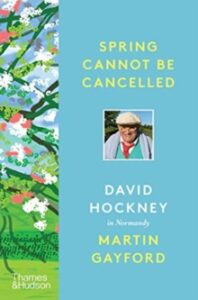
So when Covid-19 and lockdown struck, it made little difference to life at La Grande Cour, the centuries-old Normandy farmhouse where Hockney set up a studio a year before, in time to paint the arrival of spring. In fact, he relished the enforced isolation as an opportunity for even greater devotion to his art.

An illustrated biography of the remarkable and pioneering artist Leonora Carrington, told through the houses and locations that had meaning for her and are fundamental to an understanding of her work.

On the centennial anniversary of André Breton’s first Surrealist Manifesto, Surrealism and Us shines new light on how Surrealism was consumed and transformed in the Caribbean and the United States. It brings together more than 50 works from the 1940s to the present that convey how Caribbean and African diasporic artists reclaimed a European avant-garde for their own purposes.

Following the austere and traumatic years of World War II, surrealists Lee Miller and Roland Penrose made their home at Farleys in the Sussex countryside. Penrose, a painter, author, and collector, and Miller, a photographer and war correspondent, moved to Farleys not to settle down, but to create, entertain, and inspire.

AIfred Wallis spent most of his life in the Cornish ports of Newlyn, Penzance and St Ives, and went to sea as a young man: His main occupation was as a dealer in marine supplies and he was in his seventies before he took up painting `for company’. He sold his works for a few pence, and died in the poorhouse.
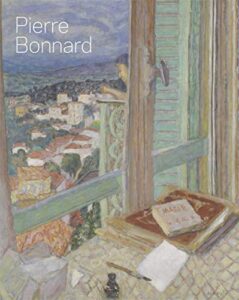 Out of stock
Out of stockThis accessible and highly illustrated introduction to his life and work, published to accompany a major Tate exhibition, offers readers a special insight into the popular artist and his practice.
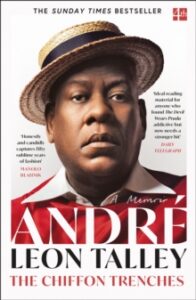 Out of stock
Out of stockThe Chiffon Trenches is a candid look at the who’s who of the last fifty years of fashion, and proof that fact is always fascinatingly more devilish than fiction. Andre Leon Talley’s engaging memoir tells the story of how he not only survived but thrived – despite racism, illicit rumours and all the other challenges of this notoriously cutthroat industry – to become one of the most legendary voices and faces in fashion.
 Out of stock
Out of stockThis sweeping overview of Rembrandt’s extraordinary achievement as a draughtsman fills a gap in the otherwise enormous literature on the artist. Beautifully illustrated, mostly in colour, the more than 150 drawings – culled from a corpus of some 800 – are discussed in detail.
No products in the basket.